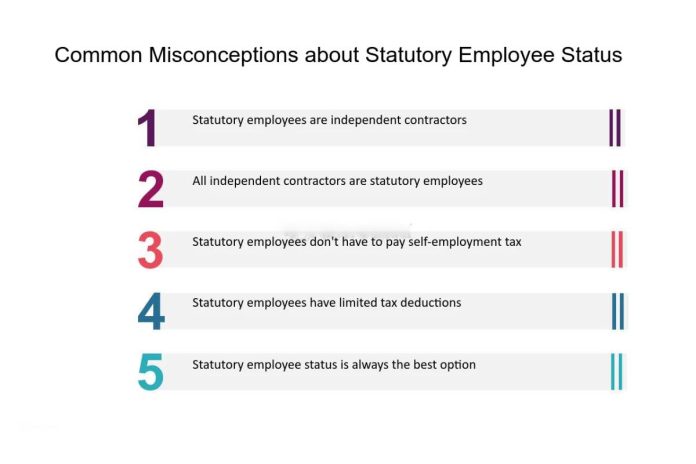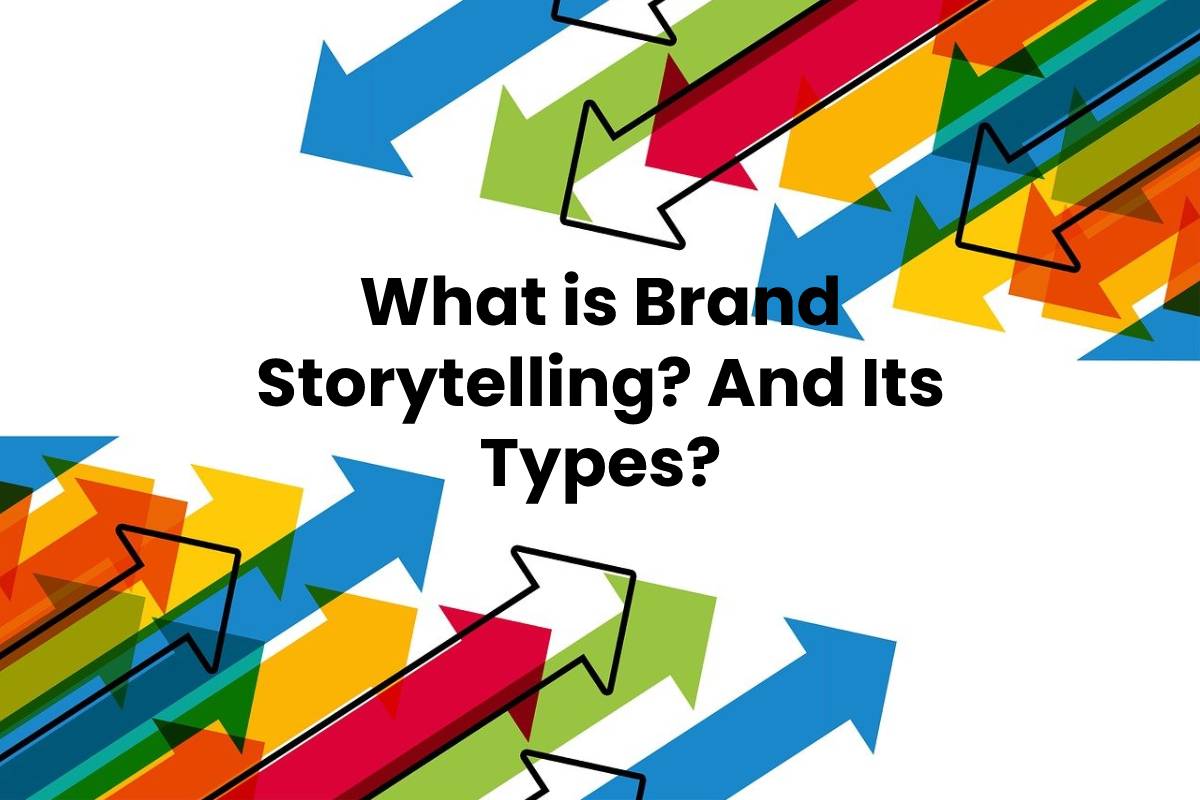Attracting customers and closing sales are among the biggest challenges people new to the painting business face. A lot of painters understand that to drive up sales, they must invest in their marketing tactics. Unfortunately, despite this knowledge, a lot of painters do not know the right strategies they need to employ. Thankfully, in this article, we will share 5 straightforward ideas and strategies that you can use to boost your marketing efforts.
Table of Contents
Get Listed on Google
One of the best ways to attract new clients is to be accessible to them online. This is why you need to list your painting business on Google Business Profile. All you have to do is visit the Google website and then sign up. You will provide certain details about your business such as location, hours, contact information, rates, and so on. You get all the details here: https://www.business2community.com/.
Ensure that all the details you provide are as accurate as possible. Listing your business on Google is free and you can set up the account all by yourself. However, to make the best impression, you need to optimize your account.
Encourage your customers to leave reviews and testimonials that will attract new customers. Do not leave reviews without a reply, whether positive or negative. If you get positive reviews, your reply should be along the lines of enjoying the experience you had with the client and how you’d like to work with them again.
If you get a bad review, first confirm if the reviewer is your client. Once you confirm this, properly read their review to understand their pain points. Next, apologize, address the pain points, and encourage them to contact you so further assistance can be rendered to them.
When you address negative reviews like this, you are doing two things. First, you are helping a disgruntled customer and may be able to turn them into a happy customer. Secondly, you are telling potential clients that you offer great support and customer service and reassuring them that they wouldn’t regret working with you. Check your account at least every week to address reviews and complaints.
Offer Referral Bonus/Incentives
When you do a satisfactory job for a client, they’ll likely refer your business to people they know. But you increase the chances of your past clients referring your services when you have a referral program. This is why rewarding your clients who bring new clients your way is among the surest ways to get new people to learn about your services.

Try Search Engine Optimization
Search engine optimization (SEO) is among the best ways businesses of every size and type market themselves in today’s world. SEO is all about increasing the online presence of a business by optimizing its website, pages, and online platforms to rank high on search engines like Google and Bing. You can read this post to learn more about SEO. There are so many SEO strategies that you can employ as a painter to give your brand the online visibility it needs to attract new clients.
For starters, you need to create a website, that is if you do not already have one. Then you need to optimize the website to rank for certain keywords. Since painting is a localized service, it’ll pay to use local SEO. You may be unable to carry out all these by yourself, so it may help to hire a marketing agency for the job.
Have Business Cards
This is one obvious marketing idea that you just may fail to carry out because of the obviousness of it. However, if you want people to know about your brand, you have to tell them about it. What better way to do so than with a business card?
This card should tell a person everything they need to know about your services at a glance. Branding is also important when designing the card; it should have your business color, fonts, and logo. You also have to make the card look professional, so it’ll be best to hire a designer to design it.
Advertise Your Services on Social Media Platforms
A lot of our marketing tactics are done online these days, and social media platforms aren’t left out. You do not have to be on all the social media platforms. You simply should be on those that count.
For example, Instagram is a very important platform that painters can use to showcase their jobs since it is image-based. Facebook can also be used to showcase your jobs as well as your satisfied clients. Have your links to your social media profiles on all your marketing materials so anyone who finds the material can easily locate you online.
Bonus Point: Hire a Marketing Agency
It may seem like you can handle all of the things we have discussed by yourself, but to get the best result, you need to let a professional handle things. There are so many marketing agencies that offer specialized services tailored to particular types of businesses. A visit to Painter Marketing Boost will give you an idea of what we are talking about. These agencies typically offer most of the services we have discussed so far.
When you hire an agency, you can always bank on them deploying the best strategies to help your business grow. This is especially true when you hire a reputable and skilled agency that prioritizes your needs as their client. Before you hire an agency, be sure to vet them by checking their reputation, track record, and customer service.
Conclusion
Marketing your painting business is important to help increase sales and grow your brand. In this article, we have discussed 5 strategies that can help you achieve this. However, to get the best result, we recommend that you get a reliable marketing agency at the helm of affairs.









